The island of Ireland has a moderate climate, with few temperature extremes. Its temperature record is still “only” 33°C – almost every other country has been hotter at some point.
But even somewhere with a relatively pleasant and cool climate isn’t immune to the risks of climate change. Recent severe storms like Floris, Bert, Darragh and Eowyn have brought strong winds, more intense floods and a greater risk of blackouts and eroded coastlines.
It’s too soon to definitively link this extreme weather to climate change, but computer models that simulate the climate decades into the future predict stronger storms and more floods. We are already noticing extreme weather happening at unexpected times of year. The sea level is rising and coastlines are eroding at an alarming rate.
Ireland’s position on the edge of the Atlantic – the very reason for its mild climate – makes it especially vulnerable. Those recent severe storms remind us that climate change is a serious threat to wellbeing and, in the longer-term, survival of human life as we know it.
Environmental threats are economic threats
Around 40% of the Irish population lives within a few miles of the coast. That’s where the ports, airports and other infrastructure Ireland’s small open economy depends on are concentrated. Key industries like tourism, fisheries and aquaculture are particularly exposed to disruption.
D. Ribeiro / shutterstock
Higher seas and stronger storms are particularly economic and social threats, not just environmental threats. As coastal populations grow, risks to homes, businesses and infrastructure will only escalate.
A government opinion tracking initiative has indicated there is no shortage of climate change awareness in Ireland. But awareness alone has not translated into urgent action. Too often, the conversation around climate change gets stuck on the reliability of electric vehicles or whether wind turbines spoil the view. Such debates miss the point and risk fuelling climate scepticism.
Recognising our human selves as the chief perpetrator of climate change is the first step towards real behavioural change. This means moving away from a linear economy of extraction and waste, towards a circular one based on reusing, repurposing and recycling resources wherever possible.
Building resilience
Scientists have an invaluable role to play here. Given the relatively recent recognition that a climate-driven increase in extreme weather is a serious hazard, Ireland now needs a foundation of relevant evidence to ensure it makes the right decisions about living with and adapting to climate change. This must include robust modelling and predictions about what is in store, particularly around storms and rising seas.
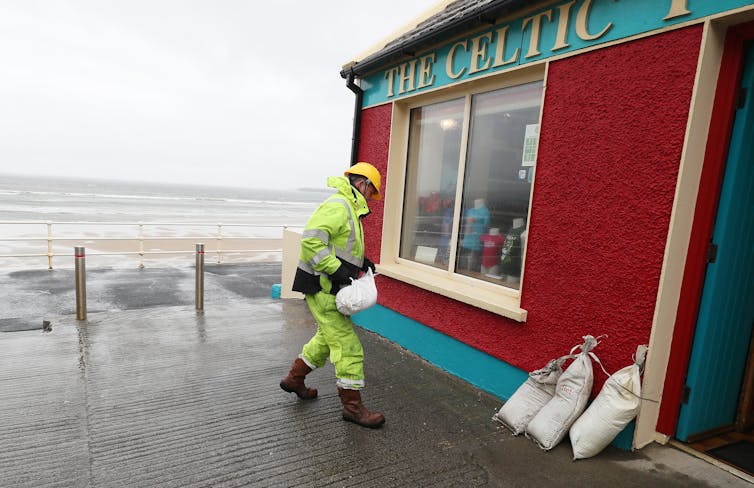
Brian Lawless / Alamy
Policymakers must translate this into clear strategies for coping with the risk of flooding – from flood defences and storm-resistant infrastructure to better water management during periods of alternating droughts and downpours.
There is some good news, as some communities are showing resilience in action. For instance, a community initiative called the Maharees Conservation Association is leveraging local knowledge to protect the northern peninsula of Dingle in Kerry – one of the first places Atlantic storms slam into. The area is implementing a coastal erosion management plan and the Dingle Hub, a non-profit community enterprise, is working to turn the region into a low carbon society. Also, social entrepreneurs are not only contributing to lower carbon emissions but they are also educating, facilitating and supporting communities in tackling climate change.
The Irish government too has made a statutory commitment to achieve a “climate-neutral” and climate-resilient economy by 2050: a crucial step in a country with one of the larger carbon footprints in the world. Meanwhile local authorities are leading campaigns on circular economies, energy use, and are establishing climate action regional offices to focus on climate change.
Ireland cannot hold back the seas or calm the storms. But it can decide how to respond – through stronger science, smarter policy and, above all, collective responsibility.
As sea levels rise, storms surge and flooding increases there is a need for us all to find ways of being part of climate solutions rather than merely being part of the problem.

Don’t have time to read about climate change as much as you’d like?
Get a weekly roundup in your inbox instead. Every Wednesday, The Conversation’s environment editor writes Imagine, a short email that goes a little deeper into just one climate issue. Join the 45,000+ readers who’ve subscribed so far.
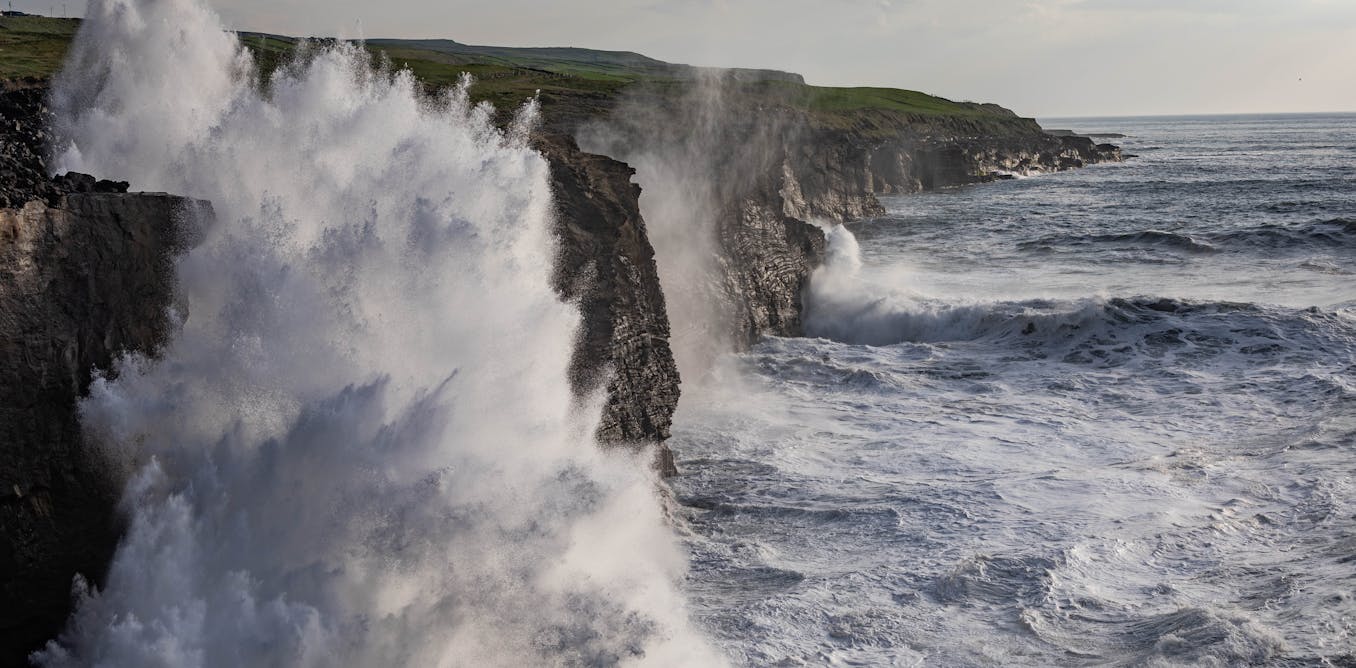
The post “Why Ireland’s mild temperatures won’t protect it from the climate crisis” by Graham J Dwyer, Associate Professor of Social Innovation, Trinity College Dublin was published on 08/22/2025 by theconversation.com



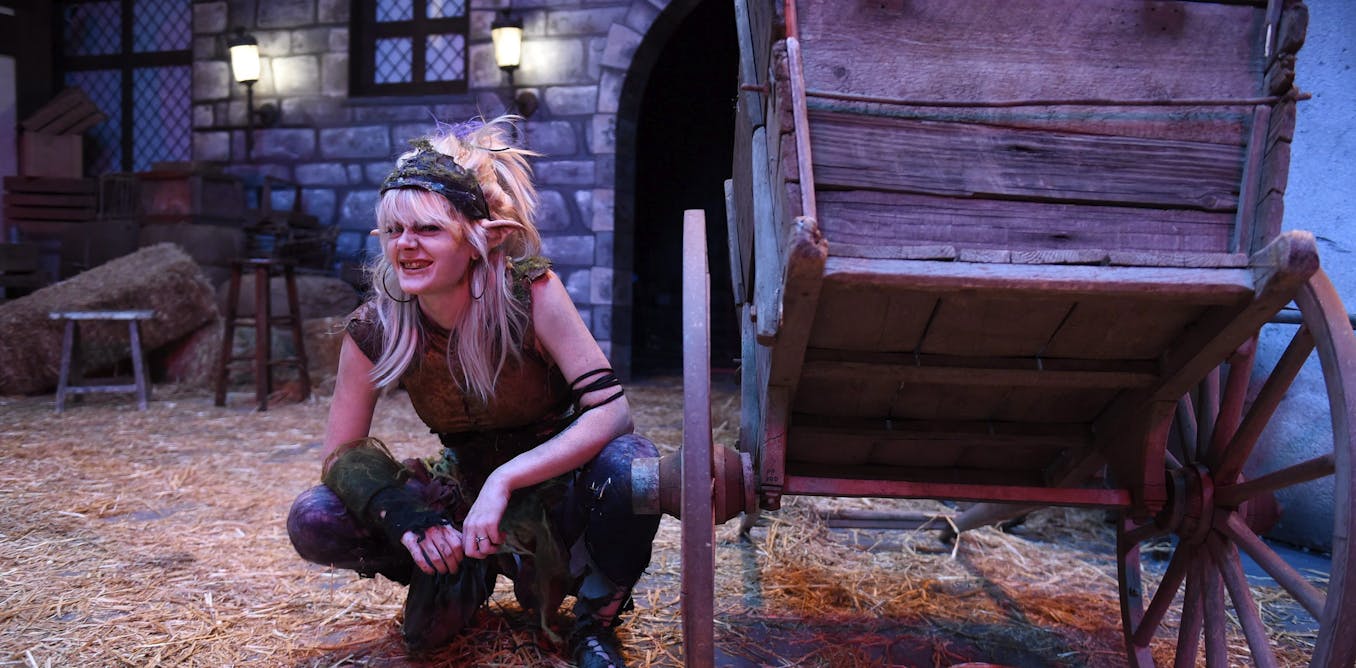





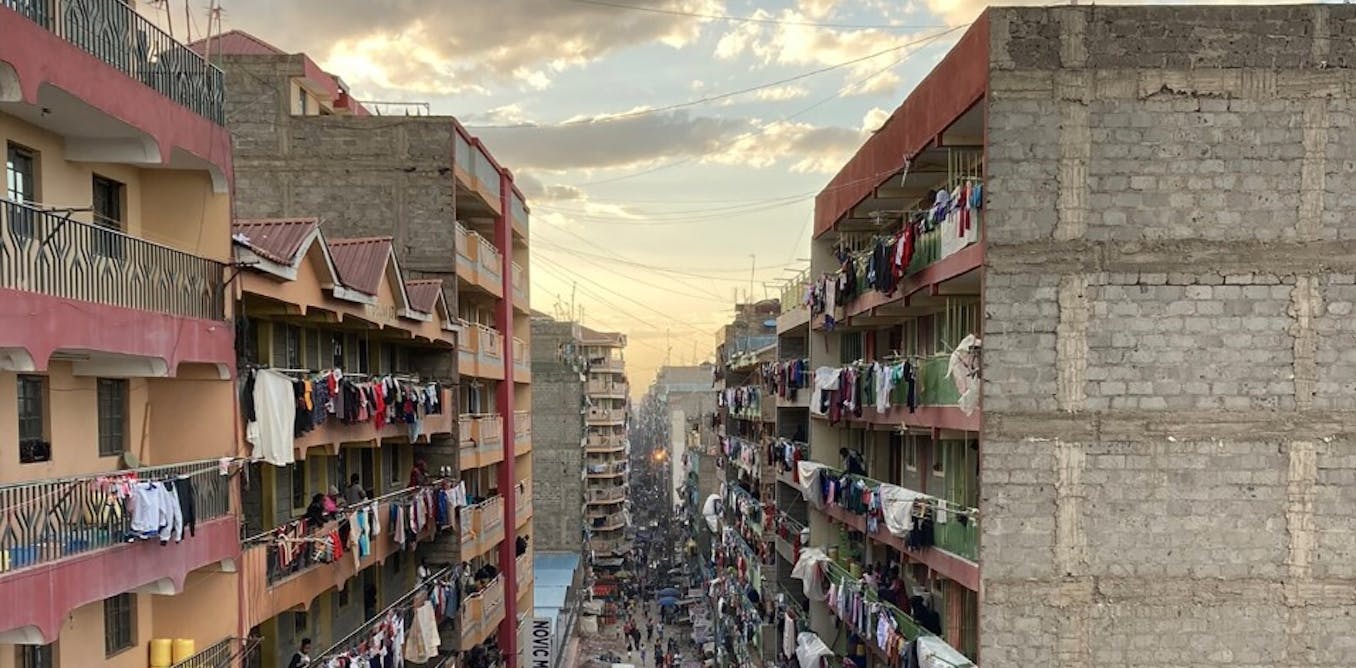
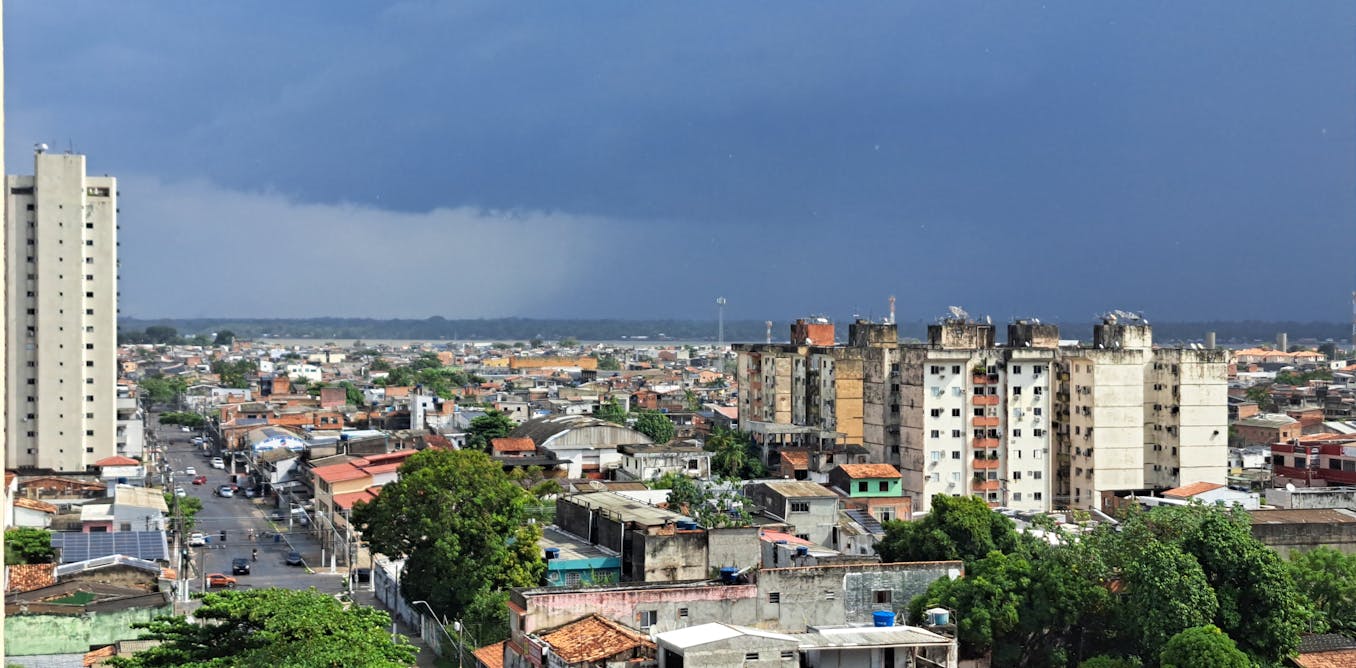


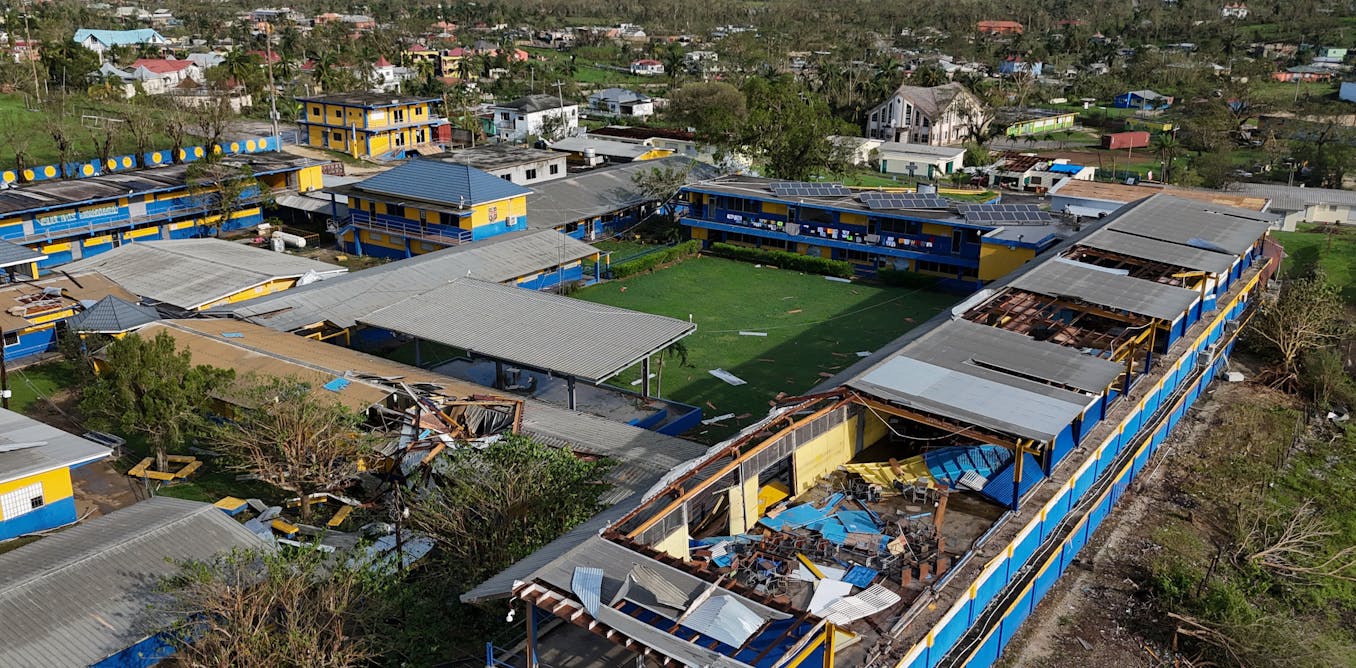



















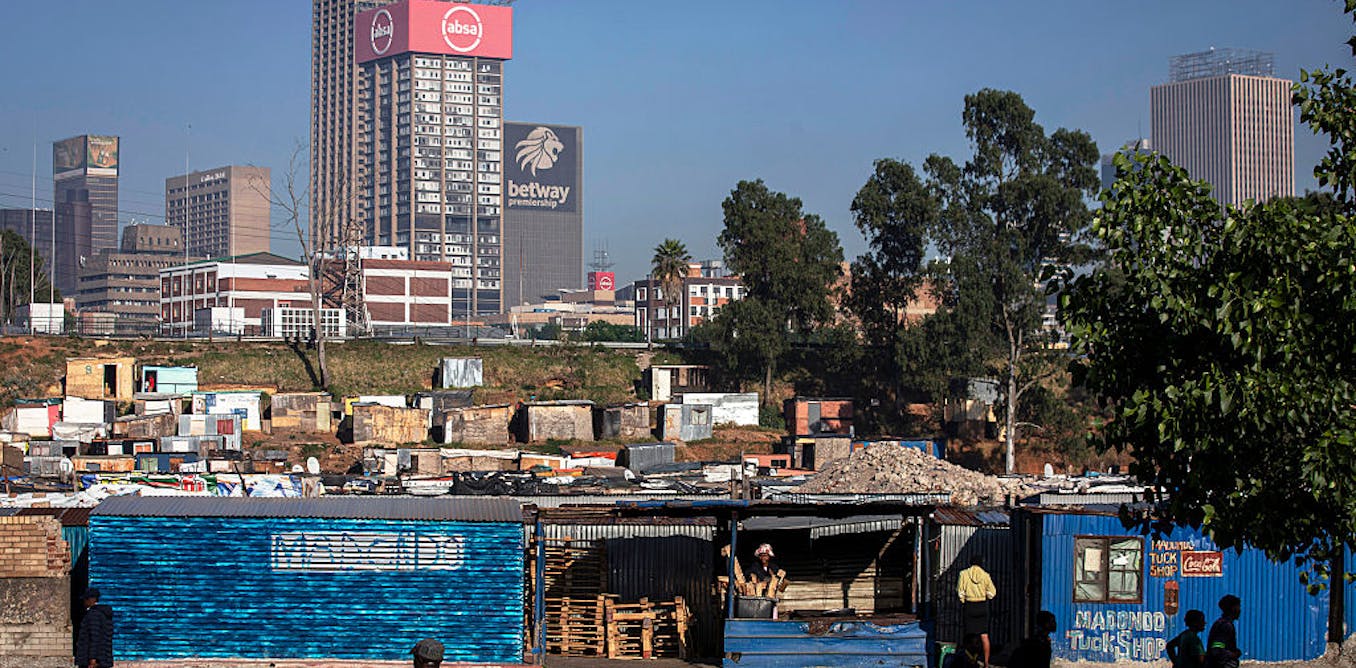

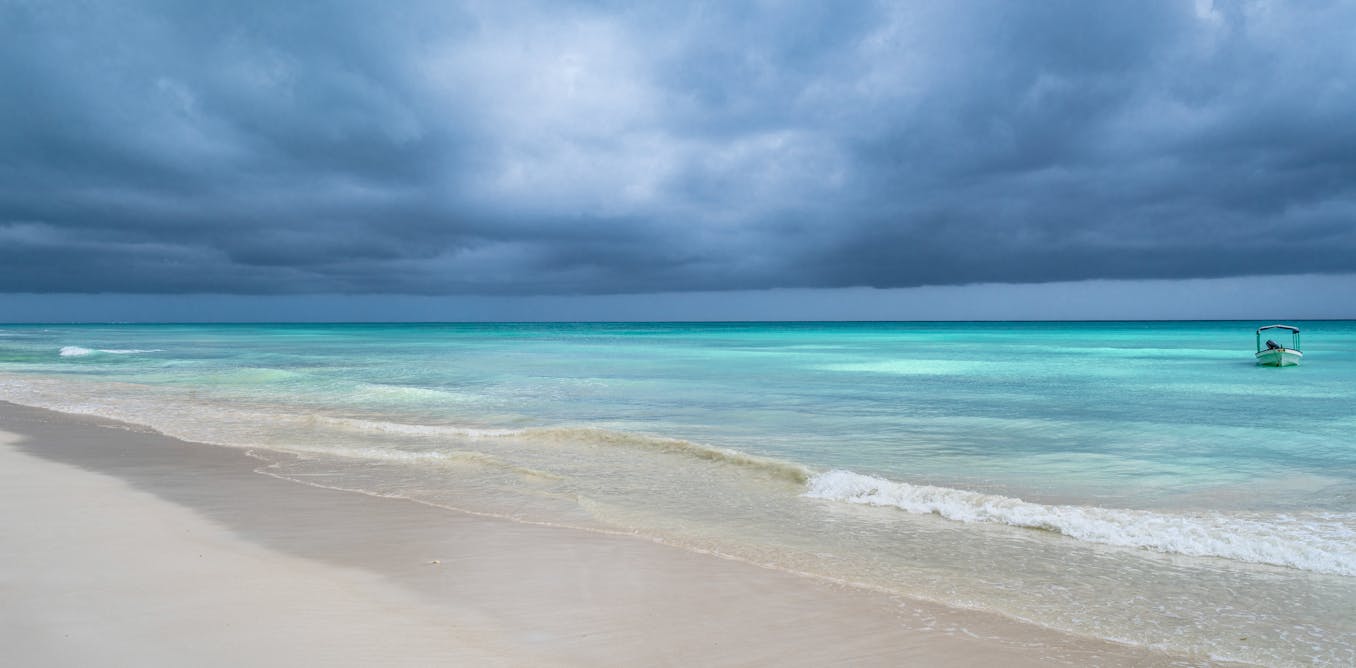
Leave a Reply